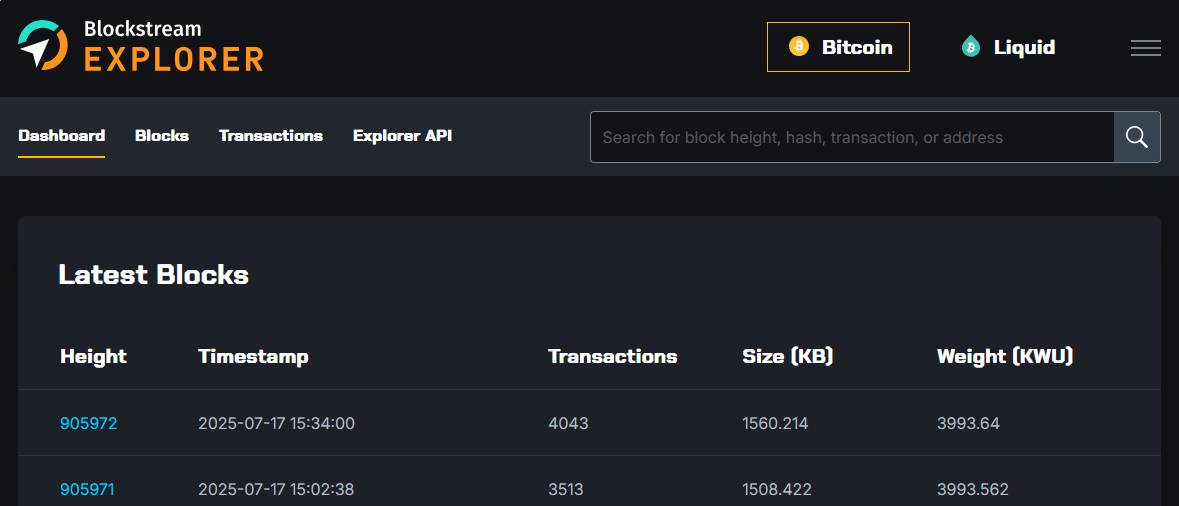- Introduction to XMR Nodes and Their Functionality
- Understanding the Risks: Malicious Nodes and Surveillance
- XMR Nodes : Best Practices for Protecting Your Privacy
- Conclusion: Staying Safe in the Dark Web Cryptocurrency Landscape
- Link : http://livk2fpdv4xjnjrbxfz2tw3ptogqacn2dwfzxbxr3srinryxrcewemid.onion/
Introduction to XMR Nodes and Their Functionality
XMR nodes serve as integral components within the Monero network, facilitating secure communications and transactions for users engaged in the exchange of this privacy-oriented cryptocurrency. As a decentralized digital currency, Monero leverages a network of these nodes to ensure that transactions remain anonymous and untraceable. By maintaining a diverse array of nodes, the network enhances the resilience and integrity of the Monero ecosystem, safeguarding both users’ data and funds.
When users wish to connect their Monero wallets to the network, they must select an XMR node. The functionality of XMR nodes extends beyond mere transaction facilitation; they also help to uphold the core tenets of Monero: privacy, security, and decentralization. Unlike other cryptocurrencies, Monero transactions utilize advanced cryptographic techniques that obscure sender and recipient addresses, as well as transaction amounts. This unique approach not only affords users unparalleled privacy but also sets Monero apart in the crypto landscape. As users navigate the dark web, understanding the role and selection of XMR nodes remains paramount to experiencing the full benefits of Monero’s sophisticated privacy features.
Understanding the Risks: Malicious Nodes and Surveillance
Such nodes can compromise the privacy and security that Monero aims to provide. By routing users’ transactions through these nodes, they can potentially gather sensitive data, such as transaction amounts, recipient addresses, and the original sender’s identification.
The existence of these nodes raises significant concerns for XMR users who prioritize anonymity and the protection of their personal information. It is essential to adopt best practices, such as using trusted and reputable XMR nodes, which are less likely to engage in malicious activities. Given that the threat landscape continues to evolve, being proactive about the choice of XMR nodes can play a pivotal role in safeguarding one’s transaction privacy. It is vital to stay informed about the risks associated with the Monero network and to make informed decisions to mitigate those risks effectively. The emergence of surveillance and malicious nodes underscores the necessity for continuous vigilance for Monero users.

XMR Nodes : Best Practices for Protecting Your Privacy
Ensuring privacy and security while engaging in transactions on the dark web is paramount for users of Monero (XMR). One of the primary methods to enhance your anonymity when utilizing XMR nodes is to use privacy-focused tools such as Tor. Tor functions by routing internet traffic through a network of volunteer-operated servers, significantly masking your IP address and location. This additional layer of anonymity is crucial in preventing unwanted tracking by adversaries who may attempt to correlate your online activities with your identity.
Another recommended practice is to consider running your own Monero node. By operating a personal node, you gain full control over your transactions, eliminating the reliance on third-party nodes that could potentially log your activities. This autonomy not only strengthens your privacy but also contributes to the overall security of the Monero network. The ability to validate transactions independently allows users to maintain their anonymity more effectively while also helping to decentralize the network.
Users should also be vigilant regarding their online footprint. Consider using techniques like coin mixing or using stealth addresses to obfuscate transaction trails and ensure that your financial activities remain detached from your personal identity.
Lastly, regular updates to your software and adherence to cybersecurity best practices, such as employing antivirus tools and firewalls, are essential to ward off potential threats. By adopting these strategies while interacting with XMR nodes, users can better safeguard their privacy in the elusive realm of the dark web.
Conclusion: Staying Safe in the Dark Web Cryptocurrency Landscape
In our exploration of XMR nodes and their role in facilitating secure transactions on the dark web, it is evident that maintaining safety and anonymity should be a top priority for users. The decentralized nature of Monero (XMR) and its unique privacy features make it a formidable option for those seeking confidentiality, yet it is critical for users to understand the potential risks associated with participating in this environment.
Engaging with XMR nodes requires a nuanced comprehension of both technical and operational security measures. Key takeaways from this discussion highlight the necessity of employing reliable encryption methods, regularly updating software, and utilizing secure connections to safeguard personal data. Furthermore, selecting trustworthy nodes is essential, as compromised nodes can lead to vulnerabilities in transaction privacy.
Additionally, the dark web is continuously evolving, with new threats emerging that target both users and cryptocurrency networks. Staying abreast of industry news and ongoing developments within the Monero ecosystem enhances a user’s ability to adapt to and counteract these threats. Engaging with communities dedicated to Monero and dark web security can provide valuable insights and support, further bolstering one’s ability to navigate this complex landscape safely.
Ultimately, proactive measures are paramount when utilizing XMR nodes for transactions on the dark web. By maintaining vigilance and prioritizing security practices, users can better protect their assets while enjoying the benefits of privacy that Monero offers. Awareness and preparedness are key components in navigating the often unpredictable territory of cryptocurrency and dark web interactions.










Wow! This blog looks just like my old one! It’s on a totally different subject but it has pretty much the same page layout and design. Outstanding choice of colors!